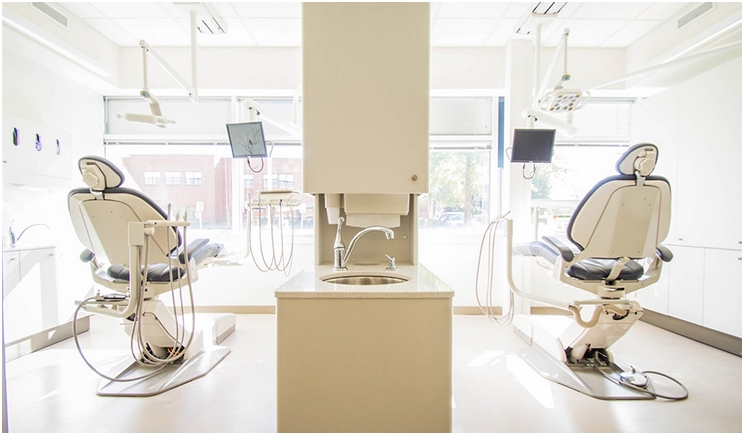
With technology from 3-D printing to laser dentistry rapidly evolving, dental practices need to stay competitive, relevant, and ahead of new developments. These days, having the latest technology is about more than efficiency. It’s about patient outcomes and positioning your practice to ensure it is set up for future success. But as technology becomes increasingly complex, obtaining new equipment often presents a significant financial strain.
Working with the right lender to determine the best acquisition options can make new technology purchases more manageable and within budget. We will explore several factors to keep in mind, whether you are just starting your practice or looking to upgrade to new technology. Choosing the right finance structure can help ease the cost and still deliver the right equipment to serve your patients’ needs.
What Do I Need to Consider When Purchasing New Equipment?
Purchasing new equipment, whether through cash or financing, can be a major expense. How can you determine if it’s worth the investment?
Try seeking out a lender who can provide you with a structure that enables you to undergo an initial period with no or reduced payments. This will give the equipment time to generate income before you begin making full payments.
Though lenders may structure these arrangements differently, there are options available to help your practice adapt to new technology before you are responsible for the bulk of the cost. For example, a dental practice interested in purchasing a 3-D printer may consider several payment structures to meet its business needs.
A deferred payment structure allows for no payment for the first three to six months followed by standard payments for the remaining term, such as $0 payments for the first three months, followed by 57 monthly payments.
Some lenders may offer a “token-payment” program. This structure includes a nominal monthly payment for a short period before standard payments begin, such as $99 payments for the first six months, followed by 54 monthly payments.
A knowledgeable lender will structure a program around the practice’s budgetary needs. A “step-up” structure typically includes a deferral period followed by minimum payments for a period of time (often 1% of the equipment cost) before standard payments begin. The “step-up” period can be as long as 12 months, providing time to realize the return on your investment before you begin making higher payments, such as $0 payments for the first three months, $500 payments for the next nine months, followed by 48 monthly payments.
In addition to the payment structure, other key considerations at the beginning of the contract include:
- How long do you expect to have the equipment?
- What term length makes the most sense for your needs?
- What will you do with the equipment at the end of that term?
Today, dental equipment terms generally run from three to seven years, which means that the financed equipment may be outdated before your contract is up. Although it makes the most sense to match your term with the equipment’s useful life, it is helpful to discuss the risk of obsolescence with your lender beforehand. Payout and upgrade clauses can hedge against obsolescence and afford future equipment strategies.
How Can I Upgrade My Equipment If I Have an Existing Contract?
If you are locked into an existing contract, but looking for new equipment to stay competitive, there may be an opportunity for a trade-in. You can work with your equipment supplier and existing lender or a new lender to return the old equipment and roll the balance into a new contract for an upgraded piece of equipment. Depending on the lender, you may be able to stretch out the term of this new contract to keep the payment close to (or even lower than) your prior payment structure and potentially receive a more attractive interest rate.
What Else Do I Need to Consider?
Dental practices are becoming smarter about choosing their financing, evaluating both the equipment itself and the lender when making purchasing decisions. It is important to choose not only a payment structure that works for your business, but also a lender that can make your experience as easy as possible.
Dental practices also are increasingly recognizing the benefits of partnering with a lender that knows the dental industry, has tenure in the market, understands the tax implications that come with certain structures, and, perhaps most importantly, can grow with them over the long term to make technology upgrades seamless and cost-effective.
Mr. Tabone is the originations leader of TIAA Bank’s healthcare finance team. He has more than 15 years of experience in medical device financing and sales leadership. TIAA Bank’s healthcare team is focused on the needs of medical professionals with extensive knowledge of the dental market. TIAA Bank offers innovative financing solutions that help deliver superior patient care. He can be reached at justin.tabone@TiaaBank.com.
Related Articles
Ignore the Business Side of Your Practice at Your Peril
Taking the Mystery Out of Calculating Cashflow
The Costs of Starting a Private Dental Practice











